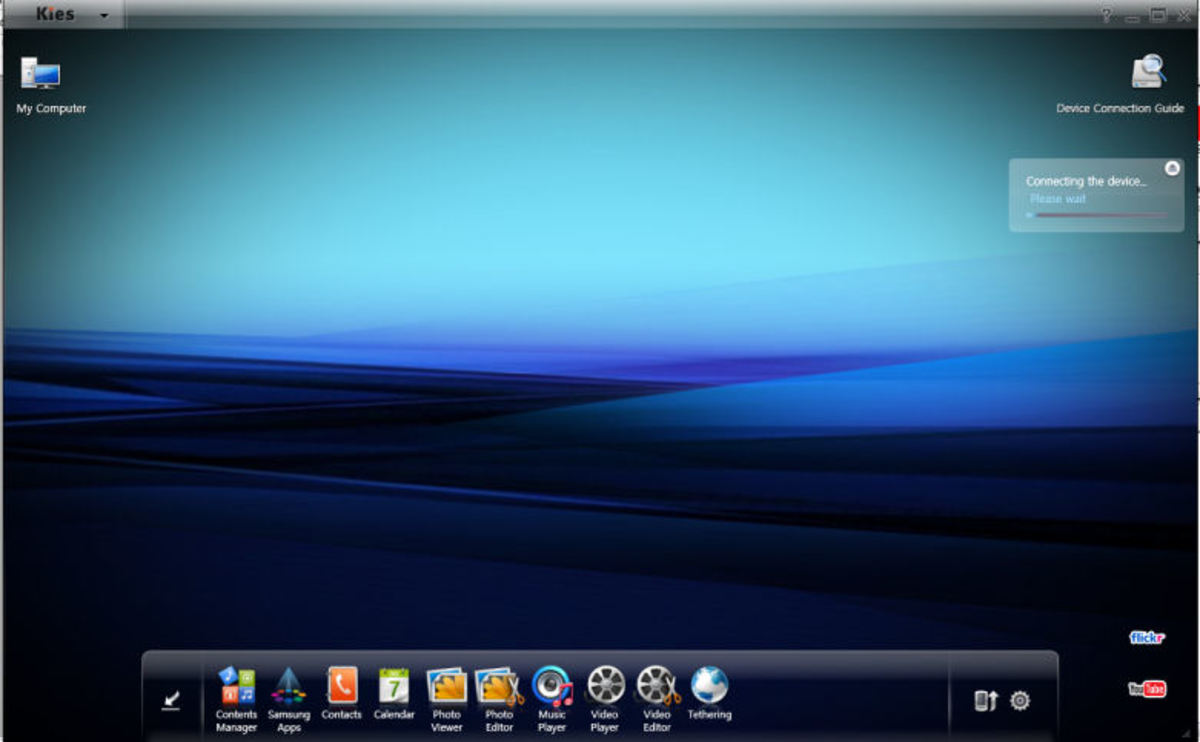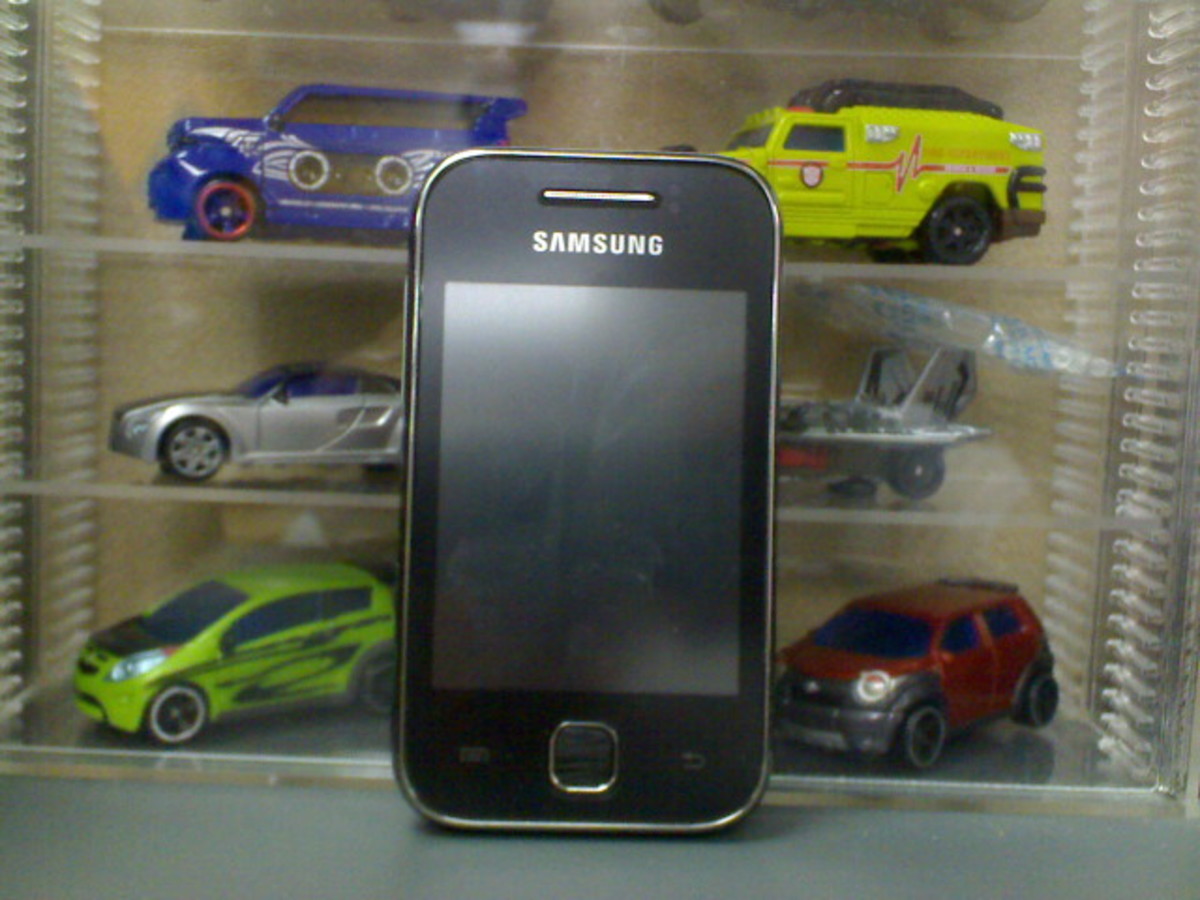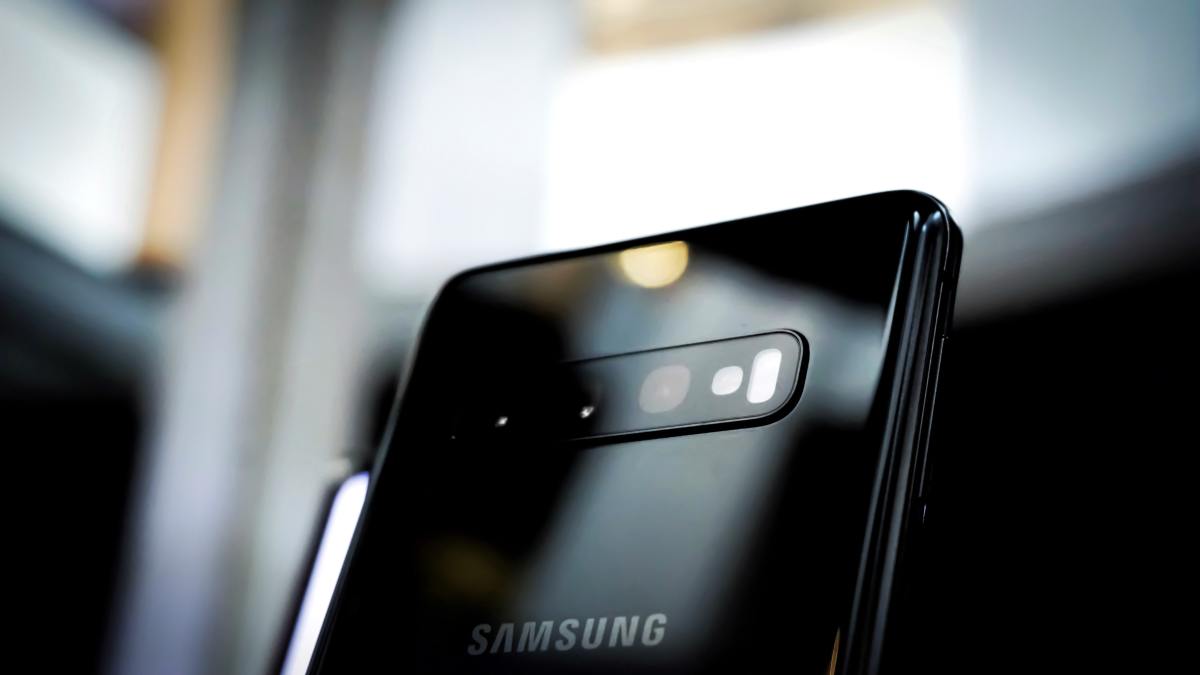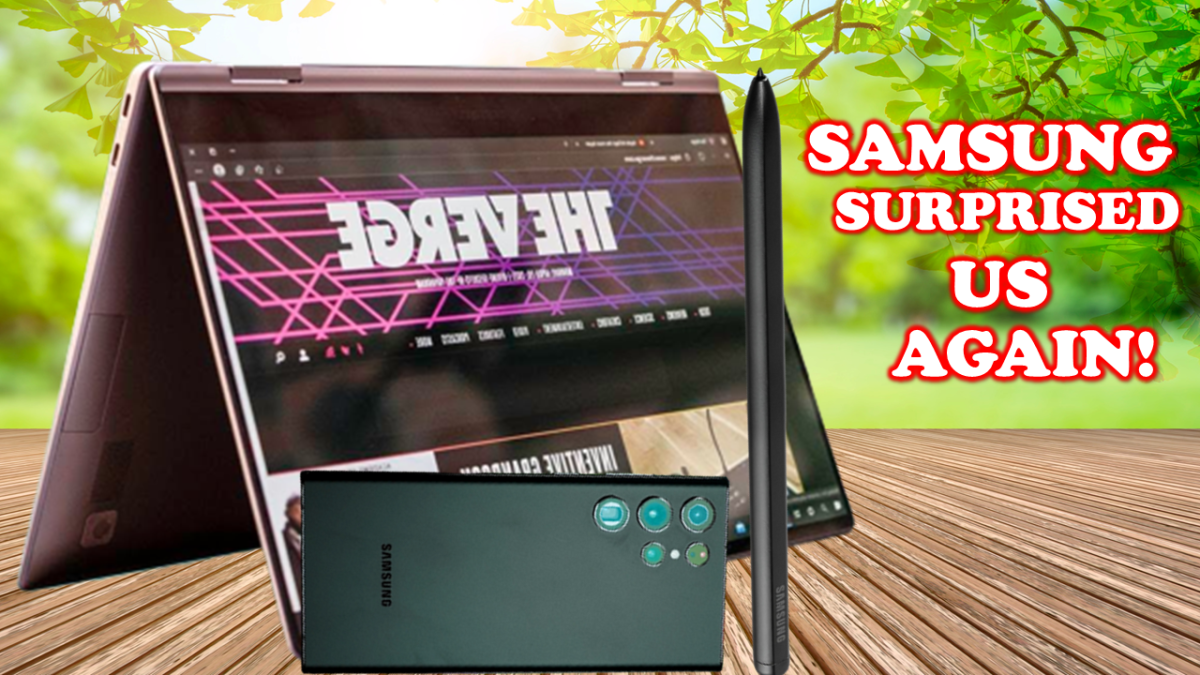- HubPages»
- Technology»
- Communications»
- Smartphones»
- Android Phones
How to Turn Your Samsung Galaxy Note Into a Wi-Fi Hotspot
Introduction
You can use USB tethering to share your Samsung Galaxy Note's cellular data signal with one other device by connecting the devices using the USB cable that came with the smart phone, or up to five devices by enabling the device's personal hotspot feature. Both options can be enabled very quickly and are easy to use. The only major drawback is that when sharing your cellular data signal using either option, the battery life drains much faster than it normally does, so it's a good idea to be near a power source for your phone.
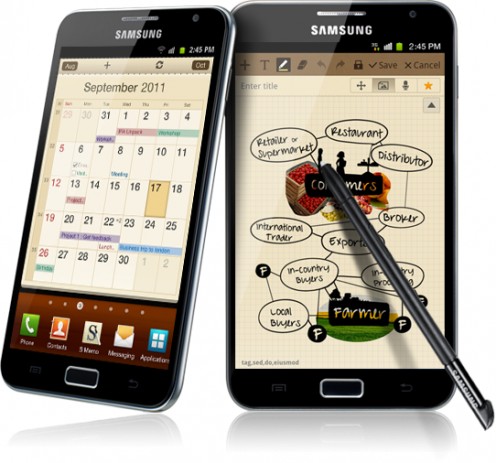
How to Enable and Use USB Tethering
- Tap the "Applications" button on the Samsung Galaxy Note home screen. The Application button is located in the lower-right corner of the smart phone's home screen and features four white squares on a blue background.
- Tap the "Settings" button that appears in the list of options in the Applications menu.
- Select "Wireless and Network" in the Settings menu.
- Tap the "Tethering and Portable Hotspots" option in the Wireless and Network menu.
- Touch "USB Tethering" until a check mark appears to the right of the option, indicating that it's enabled. You can now connect your smart phone to any device that can receive a Wi-Fi connection using the USB cable that came with the smart phone and share the Samsung Galaxy Note's cellular signal with that device. The global USB icon, which has three prongs on it, appears on the top part of your screen, indicating that the feature is enabled.
Rate This Product
What social media do you use most on your mobile device?
How to Enable and Use the Personal Hotspot Feature
- Follow Steps 1 through 4 in the How to Enable USB Tethering section to arrive at the Tethering and Portable Hotspots screen.
- Select "Portable Wi-Fi Hotspot Settings." A set of instructions and warnings will appear that are associated with setting up the device. Most notably, there will be a warning about how fast the smart phone's battery life goes down when the personal hotspot feature is in use. Select "OK" after reading the instructions and warnings that appear.
- Touch "Portable Wi-Fi Hotspot" to place a check mark to the right of that option. The global Wi-Fi icon, which looks like a signal emanating from a point, appears on the top part of the screen, indicating that the feature is enabled. You'll be taken back to the Portable Wi-Fi Hotspot Settings screen.
- Select "Configure Portable Wi-Fi Hotspot." At this screen, you can change the name of your Wi-Fi network as it will appear in the list of available networks on other devices at the Network SSID screen, you can adjust your security options in the Security field, and you can change the password required to access your account. After configuring your portable hotspot's settings, select "Save."
- Position your Samsung Galaxy Note smart phone near the Wi-Fi enabled device you want to share your smart phone's cellular data signal with and then search for an available Wi-Fi network.
- Select the name you assigned to your Samsung Galaxy Note, select it and then enter the password associated with your portable hotspot when prompted. You will now be connected to the device's portable hotspot.
Risks
Whenever you turn your Samsung Galaxy smartphone into a mobile hotspot there is always the risk that someone worms their way through your hotspot and hacks your device. A hacker who does this could get access to some very sensitive and personal information stored on your device. This sensitive information could include banking or other financial information, saved password information, phone numbers, emails, and much more. As a result, consider using a complex password, and also consider your environment before turning the hotspot functionality on. For example, an airport is a very high traffic area where there are a large number of people looking to access a wireless network. Additionally, you can see how many devices are connected to your wireless hotspot. If at any point you feel like the number of connected devices doesn't add up or that someone else may be accessing your network, don't be afraid to disconnect and disable your hotspot.


